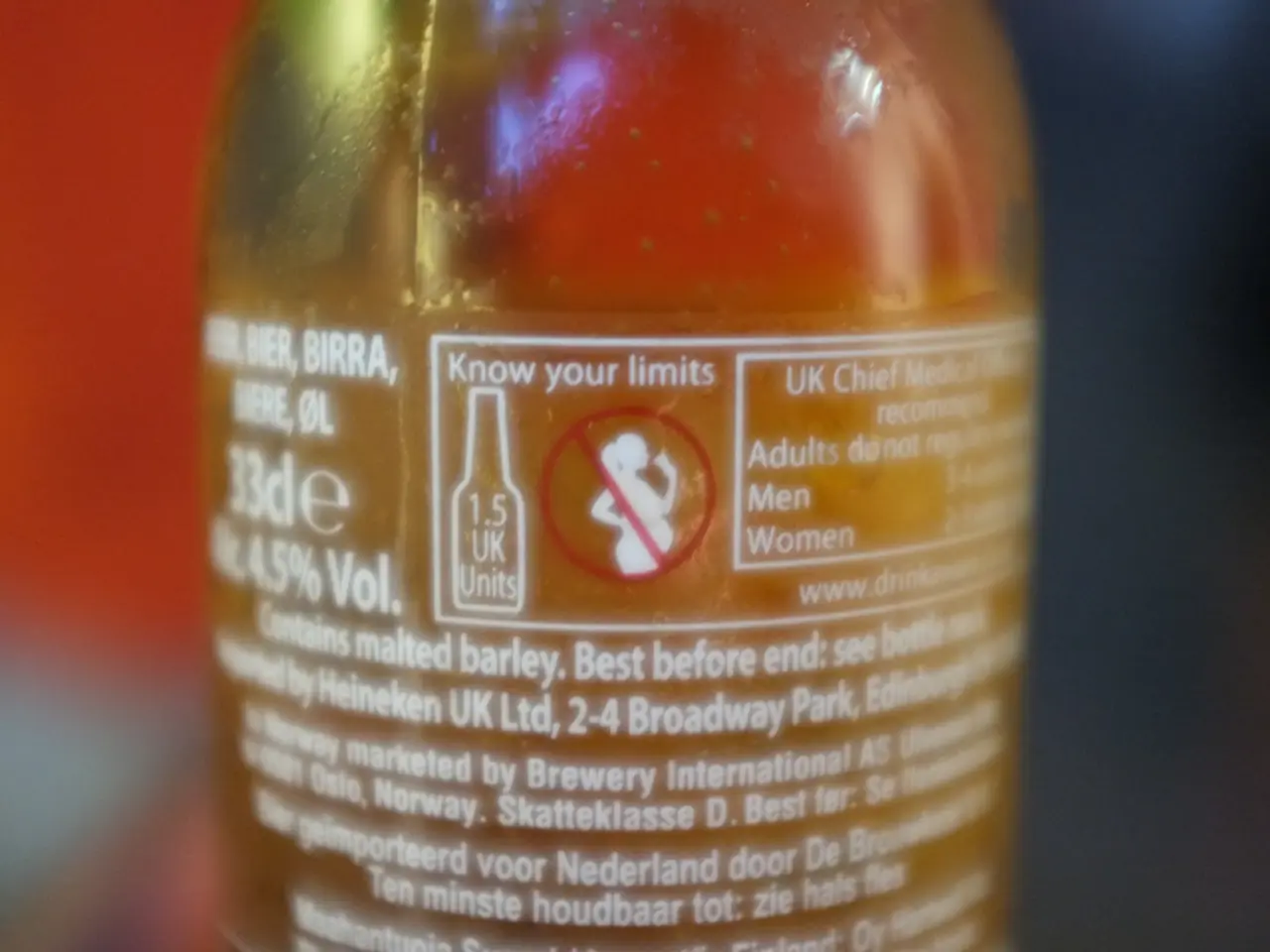Zynlonta's Potential Adverse Reactions and Remedial Measures
In the realm of cancer treatment, Zynlonta (loncastuximab tesirine) has emerged as a significant antibody-drug conjugate used in certain types of lymphoma. While this medication can offer hope to many, it's essential to be aware of its potential side effects to ensure safe and effective treatment.
If you have liver problems, your body may not break down Zynlonta as it should, raising your risk of side effects. If you have any concerns, it's advisable to discuss them with your doctor.
One of the common side effects of Zynlonta is neutropenia, which occurs when your white blood cells are low. This increases your risk of infections. Symptoms of an infection may include fever, chills, weakness, and difficulty breathing. If you suspect an infection, promptly contact your healthcare provider.
Mild side effects of Zynlonta include constipation or diarrhea, abdominal pain, skin rash, itchy skin, vomiting, hyperglycemia, shortness of breath, loss of appetite, upper respiratory tract infection, and mild allergic reaction.
However, less common side effects might involve rare skin reactions (e.g., Stevens-Johnson syndrome or other severe cutaneous reactions), immune-related adverse events or hypersensitivity not emerging until after prolonged exposure, subtle cardiac, liver, or neurological effects that are mild and occur outside the typical monitoring windows, unusual bleeding or clotting disorders due to platelet abnormalities, and pleural effusion (fluid buildup around the lungs) or pericardial effusion (fluid buildup around the heart).
If you develop serious side effects while using Zynlonta, call your doctor right away. During your treatment with Zynlonta, your doctor will regularly order a complete blood count (CBC) to measure the levels of different blood cell types.
Zynlonta can decrease the levels of red blood cells, white blood cells, and platelets. If you have low platelets, this results in thrombocytopenia, causing symptoms such as nosebleeds, bruising easily, bleeding gums, and petechia (small dark spots on the skin). If you have low red blood cells, this results in anemia, causing symptoms such as fatigue, shortness of breath, pale skin, and fast heartbeat.
If you have diabetes, Zynlonta can cause an increase in blood sugar, worsening your condition and making diabetes harder to manage. For more information about Zynlonta's side effects, refer to its prescribing information.
If you want to report a side effect while using Zynlonta to the FDA, visit MedWatch. If you've had an allergic reaction to Zynlonta or any of its ingredients, your doctor will likely not prescribe Zynlonta. Ask your doctor what other medications may be better options for you.
In clinical trials, pleural effusion and pericardial effusion occurred but were rare with Zynlonta. If you have chest pain or trouble breathing while using Zynlonta, talk with your doctor right away.
For the most accurate and updated information, discussing any unexpected symptoms with healthcare providers is essential, as they can report these to pharmacovigilance systems to further define the full safety profile. Since the search did not return direct data on Zynlonta’s rare or unreported side effects, no specific documented examples beyond common adverse effects are available here.
Zynlonta is a brand-name drug prescribed for certain types of large B-cell lymphoma in adults. It's crucial to remember that every patient's experience with Zynlonta can vary, and open communication with your healthcare team is key to managing potential side effects effectively.
Read also:
- Eight strategies for promoting restful slumber in individuals with hypertrophic cardiomyopathy
- Exploring the Strength of Minimally Digestible Diets: A Roadmap to Gastrointestinal Healing
- Secondhand Smoke: Understanding its Nature, Impact on Health, and Additional Facts
- Overseeing and addressing seizure-induced high blood pressure complications in pregnancy, known as eclampsia







